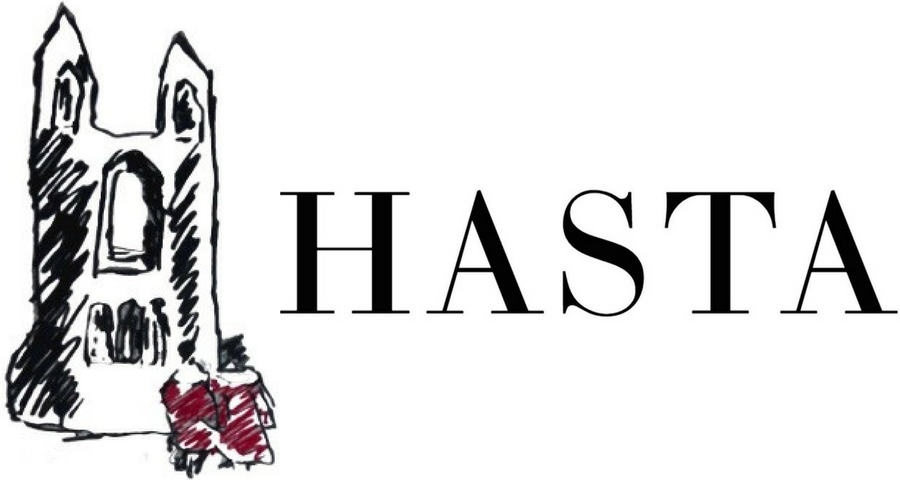Confessions of an Insta-holic
By Martyna Majewska
Reading about celebrities’ morning rituals and routines always makes me pity my miserable existence. Whereas they jump out of beds at 6am to run to their SoulCycle session followed by a glass of kale and spirulina smoothie, I tend to spend hours wrapped up in my duvet while the only part of my body that actually moves is my thumb: scrolling up and down instagram (that’s actually how I know what celebrities do each morning). However, as much as I hate myself for being lazy and – let’s face it – addicted to social media, I don’t consider my instagram mornings a complete waste of time. I can honestly say that I’ve curated my instagram to perfection. Sadly, I don’t mean the things I upload but rather the people and institutions I follow. I’ve come to the conclusion that instagram does not have to be a student’s curse – it can be an invaluable aid to any art historian-to-be.
Certainly, you’re all aware that most galleries, museums, and art foundations have instagram accounts. (Some even use snapchat!) The images they usually post either show pieces from their current exhibitions or advertise special events. I don’t think I need to go into much detail as to why this is useful: you know what’s going on and you can often instantly tell whether you’re interested or not; you can discover new works of art and emerging artists. Artists, too, increasingly make use of instagram, although the bigger fish among them may leave it up to their assistants to manage their feed.
The accounts I find particularly interesting belong to curators and art critics. The more intriguing ones will let you into the “art world” through the back door. They reveal not only what is on view at a given gallery, but how exhibitions are made, the people they work with, and the places they visit.
One good example is Eva Respini (@cuator_on_the_run), chief curator of the ICA Boston. She travels a lot, she looks at a lot of good art, and, importantly, she is an experienced curator of photography which shows in the quality of the pictures she shares. The really important aspect of her profile is that she does not use instagram only to market the shows at her own institution: I’ve learned about lots of really cool art places all over the world just by following her. Finally, Respini’s feed is often quite witty, as demonstrated by one of her recent posts.
Some art professionals use their instagram accounts to create single, long-standing projects. This group includes Klaus Biesenbach (@klausbiesenbach), MoMA’s chief curator, who, besides posting images from his visits to various exhibitions, provides us with a daily weather forecast for New York City. Klaus is lucky enough to have a gorgeous view from his twenty-third floor apartment in Manhattan and he is generous enough to upload a picture of it every single day. Like most celebrities, Klaus wakes up extremely early which evidently enhances the aesthetic value of his photographs.
A slightly more complex instagram project is Hans Ulrich Obrist’s (@haslurichobrist) “The Art of Handwriting.” Inspired by Umberto Eco’s prophecy of the death of handwriting, the Serpentine’s curator started a series of images of notes written by people he meets on his way. Rather unsurprisingly, most of those individuals are well-known artists and critics. Obrist himself has likened his project to a group exhibition that he can continuously curate. This may be one of the most original, creative, and fascinating initiatives on instagram – not because it preserves the art of handwriting for posterity, but because it has the unique capacity to (sporadically) make you stop scrolling and start thinking.
Finally, something a bit more quirky, slightly more funny, and slightly less tasteful. If you don’t think highly of the art world – especially of art fairs, auctions, and dealers – check out @jerrysaltz. At first glance, you may think the account belongs to a horny madman, but its creator, Jerry Saltz, is actually the famous art critic for New York Magazine. His recent picture of a burning Art Basel VIP card is just one among the countless demonstrations of his view of “the art business.” It never ceases to amaze me just how much erotic imagery that man can fish out from the depths of art history. As long as you are immune to an occasional picture of genitalia – be it from a medieval manuscript or a 90s poster – you can come across some really good art humour.





